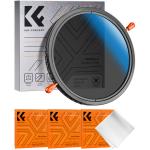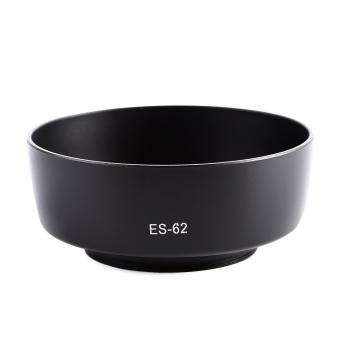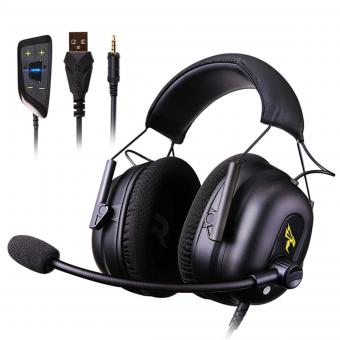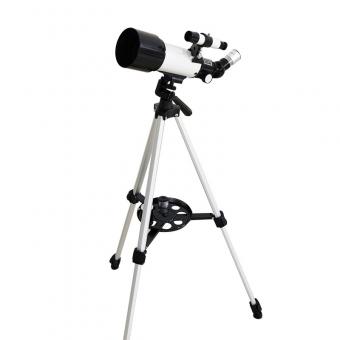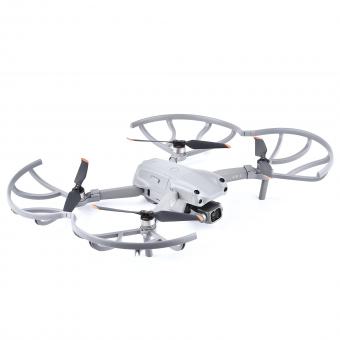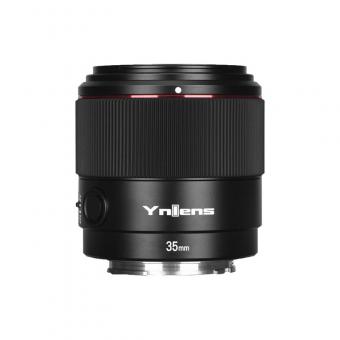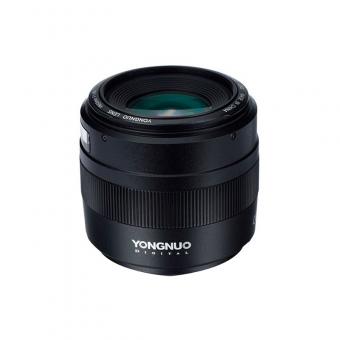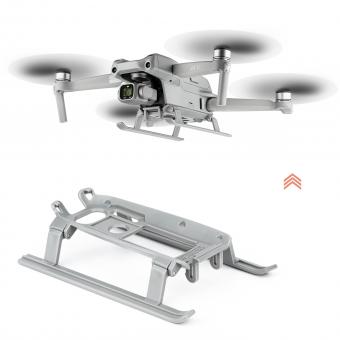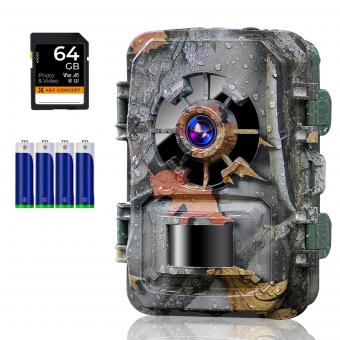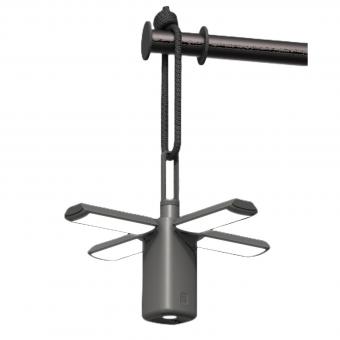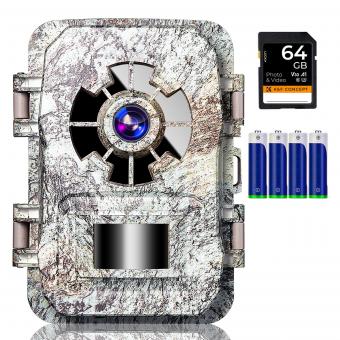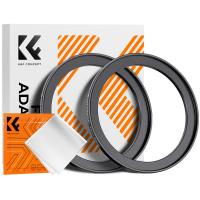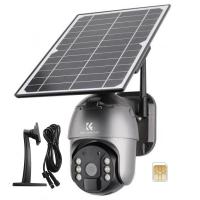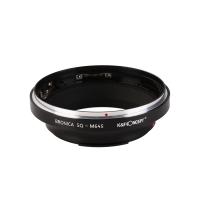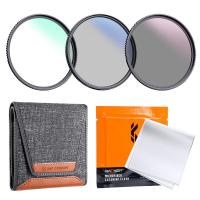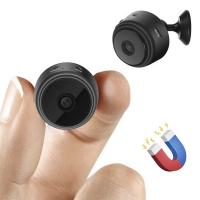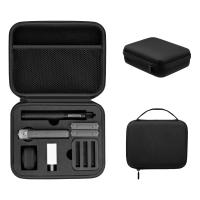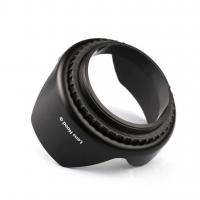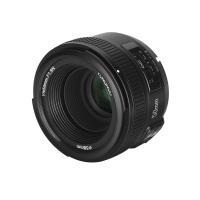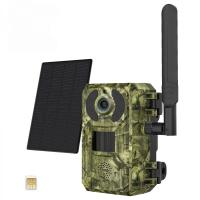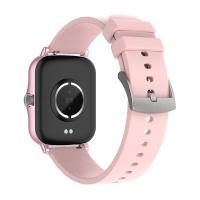Reviews
Clever design
I am familiar with ND and polarizer filters but have never seen a single filter combining both. I took a chance on it, thought I was wondering how the filter could work to use both filters but still control them individually. They have a clever system for this.
This is how it works:
The filter screws onto the end of the lens as usual. To control the polarization, turn the lens counter clockwise (from the position of holding the camera with the lens pointed at the subject) until the reflections or glare get cancelled out. This direction of turning fully counterclockwise sets the Neutral Density reduction at the minimum level. Then to control the ND, turn the filter clockwise. The ND amount increases from the filters minimum to the maximum within a range of about 1/6 of a rotation, and a resistance can be felt which is reaches the end of the range, but if continuing to turn clockwise the ND filter stays dark which the circular polarizer turns, allowing to have both the ND and polarizing at the same time. Or the filter can just be for polarizing with only a the minimal degree of ND (1 stop of light). Basically the polarizing filter is always "on" but because of the nature of how the effect is only visible at a relevant rotation for the seen, it is not hard to get a photo without the effect. Note: the polarizer can introduce some color shift as well as hiding reflections.
I got this for a lens that fits on a DSLR camera, but it also works if it is handheld in front of a cell phone lens.
This is how it works:
The filter screws onto the end of the lens as usual. To control the polarization, turn the lens counter clockwise (from the position of holding the camera with the lens pointed at the subject) until the reflections or glare get cancelled out. This direction of turning fully counterclockwise sets the Neutral Density reduction at the minimum level. Then to control the ND, turn the filter clockwise. The ND amount increases from the filters minimum to the maximum within a range of about 1/6 of a rotation, and a resistance can be felt which is reaches the end of the range, but if continuing to turn clockwise the ND filter stays dark which the circular polarizer turns, allowing to have both the ND and polarizing at the same time. Or the filter can just be for polarizing with only a the minimal degree of ND (1 stop of light). Basically the polarizing filter is always "on" but because of the nature of how the effect is only visible at a relevant rotation for the seen, it is not hard to get a photo without the effect. Note: the polarizer can introduce some color shift as well as hiding reflections.
I got this for a lens that fits on a DSLR camera, but it also works if it is handheld in front of a cell phone lens.
23/07/2024
Related Articles
Top Bestselling Products
Products You May Like
$135.99
Blog You May Like
Popular products
design camera backpack
K&F KU04 82mm MC UV Filter Slim Design For DSLR
K&F KU04 67mm MC UV Filter Slim Design For DSLR
K&F KU04 49mm MC UV Filter Slim Design For DSLR
blackmagic design cinema camera mft mount
K&F KU04 72mm MC UV Filter Slim Design For DSLR
77mm UV Filter
K&F KU04 86mm MC UV Filter Slim Design For DSLR
M4/3 Adapter
camera design crossbody bag
Related searches
Peak Design Lens Mount
Optical Lens Mount Design
Minolta M-mount Lenses Design
Flaws With Sony E Mount Design
Peak Design Capturelens Canon Mount
Exact Constraint Design Lens Mount
Camera Lens Adapters Like Peak Design
Peak Design Lens Changing Kit Adapter
Peak Design Canon Ef Mount Adapter
Adapter For Peak Design Clutch Sony A7

